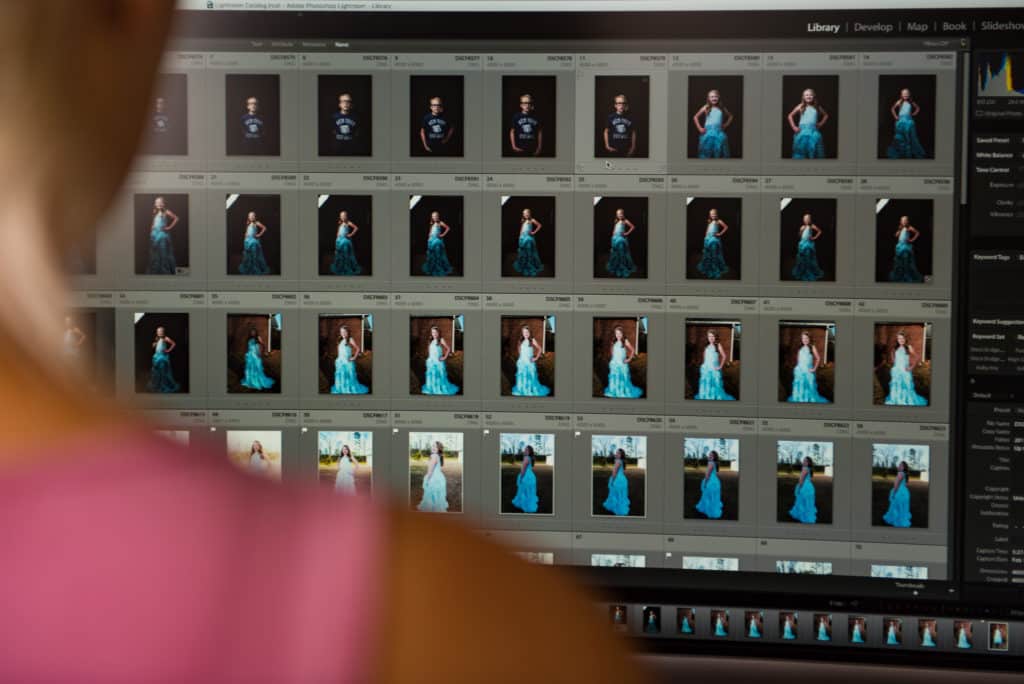We all love our photographs in a special form; after all, they are our creations. Besides from the fact that we love our photographs, we all desire that they get seen by some sort of audience (from art galleries to social media platforms), but we must be aware that not all the images we take achieve our own desired quality. Picking out just the keepers is one of the most important processes within our workflow, and that’s why we must have a cold mind that will enable us to do it in the most objective way possible.
Fermentation
It is important that when we select the images we are about to showcase to our various audiences, we could be able to do it with a certain degree of objectiveness and even with some sort of emotional detachment. For this, one of the healthiest practices is to let the pool of images rest for a certain time, therefore we do not need to select them right-away.
In my own case, the reasonable maturity time can be from one to three weeks since I like to work with a weekly based time measurement system. Each photographer has a different rhythm when taking the photographs that will initially fall in the pool category. This amount of images is the one we need to clean up. Obviously, the amount of images will impact the keeper’s ratio that we can have. My pace slowed down a lot after getting to know analog photography because of nature it presents in terms of limited resources. I mainly shoot digitally, but analog was a great lesson indeed for slowing that the crazy finger practices.
The Difference between Editing and Post-Production
I feel that the concepts have been confused, and today many people call “editing” to the action of developing a RAW file on the computer (from RAW editing to fine adjustments in Photoshop). In fact, this step is called post-production and is a heavily important stage as well. Editing is the careful selection of images that are going to be presented with a purpose in mind.
I mention this difference not because a strict nature in myself, but to show the high degree of importance that the edition has in the quality of the photographs that each photographer can reach. Quality is something that is thought to be subjective, and I have come to define it simply as “the way of reliably doing things right, with a huge level of aperture for improvement.” Everything can be subject to improvement, and it is this self-imposed dynamics that will lead us to reach higher quality levels as photographers.
Consistency comes into play here too and is that over time, doing things reliably with the aperture for improvement, will help us build our own voice without big existential complications.
Everyone has their own editing process
The editing process will be defined by each photographer and will be subject to the dynamics their own workflows. My editing flow is pretty simple and categorical. I see the images and I write down which ones could enter into the dynamics of post-processing, and discard those that do not. In fact, although many photographers recommend never to erase any image, I delete the images that I do not like. I do not know if I’m doing the correct thing or not, but it’s the way I feel comfortable doing my editing.
In some cases, especially after a long trip, I find it comfortable to make a contact sheet for the selection, just as photographers did before. I do not do it for a false nostalgia, but it really helps me to discern with a greater aesthetic level when selecting images, especially those that happened to be taken in the same scene. To make this contact sheet, I simply “print” a PDF file where I can have 35 images per page. Then with a regular PDF reader, I mark the ones I like the most.
Emotional detachment is extremely important in the editing process because it helps us to be more objective and demanding about our own work. I’m fortunate to be able to take street photographs, which do not respond to any commercial or client requirements, but that means that I must try to be as objective as possible. Whenever I am going to select an image for my portfolio, I consult some peers that are related to the discipline that I practice, so they help me select the best image after an editing process led by myself.
I invite you all to judge your own work objectively, and by letting them mature for a while, you’ll reach that level of emotional detachment that is crucially important in the editing process.
Federico Alegría
+50374683470
https://www.federicoalegria.com
https://www.saatchiart.com/federicoalegria
Article licensed under a Creative Commons Attribution 4.0 International License. 2010 – 2017.

